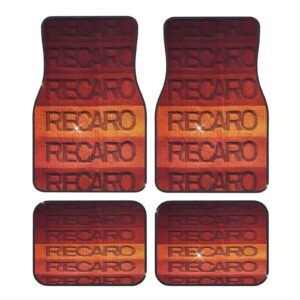Your cart is currently empty!
Tag: Supply Chain
-

Qualitex Trading pioneers blockchain for a more secure and efficient global supply chain.
A candid look at why Qualitex Trading LLC is initiating a feasibility study into using blockchain for supply chain transparency, trade documentation, and smart contract automation. This post details the specific use cases, KPIs, and ROI-driven approach guiding our exploration following the 2025 Partners & Developers Summit.
-

How Qualitex Trading Is Revolutionizing Global Trade with Blockchain Technology
Discover how Qualitex Trading LLC is pioneering a new era of global commerce by harnessing blockchain technology, smart contracts, and decentralization. This visionary roadmap outlines a future where supply chains are transparent, trade finance is autonomous, and trust is built into every transaction—redefining the standards of international trade.
-
Japanese Automakers in Crisis – Opportunities & Risks
Opportunities & Risks Opportunities & Risks In the ever-evolving global market, businesses must navigate a landscape filled with both opportunities for growth and risks that threaten stability. Understanding these factors is critical for strategic decision-making. Key Points from Relevant Articles Top Business Opportunities in 2025 Emerging technologies like AI and blockchain are creating new avenues…
-
US-China Trade Policy Report
US-China Trade Policy Report US-China Trade Policy Report Introduction In a significant move, the United States has announced a temporary reduction in tariffs on Chinese goods, impacting businesses engaged in global trade and eCommerce. This change, effective May 14, 2025, reduces tariffs from 145% to 30% for a 90-day period. This article explores the implications…










